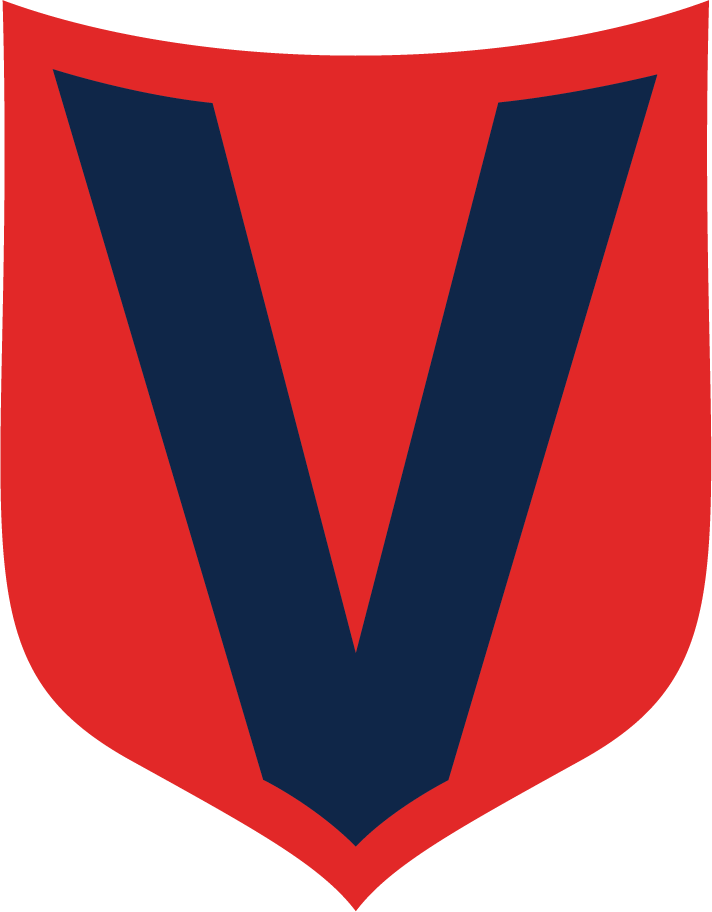
SOFTWARE DEVELOPMENT

The software development branch has grown primarily out of doing advanced research and development for the Department of War. We are always looking for new and interesting problems to solve, and fortunately the DoW has been an excellent source for finding them! Each year they release hundreds of new problems that nobody knows how to solve, and then hire small companies like VCS to solve them. All of the programs listed below have started with a Small Business Innovative Research (SBIR) topic, and are continuing to be developed for a variety of DoW customers.
Automated Tactical Effectiveness Service for Electromagnetic Effectors (aTES-EE), a cutting-edge solution designed to provide real-time effectiveness assessments for electromagnetic (EM) engagements by automating the assessment of available EM effectors and their performance against potential threats
The Integrated Automated Testing System (IATS) is an advanced automated solution designed for performance testing of MATLAB-based simulations and other platforms and automates rigorous performance analysis while supporting DevSecOps workflows.
The Manipulation Analysis and Visualization (MAV) tool was designed to enable users to analyze extremely large and diverse multi-dimensional datasets and gain insight into the data and the phenomena that produced the data. It is intended to enable the discovery of previously unknown relationships, trends, patterns, continuities, and discontinuities in data. The research that informed the design of the MAV tool was completed in a partnership effort between Vigilant Cyber Systems and Utah State University.
The Mobile Wireless Grid (MOWG) provides a platform for distributed computing and ad-hoc networking in the battlefield space with limited to non-existent external network connectivity through its framework to network multiple smartphones into a cohesive grid, partition complex data and compute problems across the available nodes, and combine results into a single cohesive solution.
The Quality Cost Value Calculator (QCVC) was designed as a tool to analyze the quality and cost of medical care and determine the value achieved for a cycle of care. The QCVC tool takes in raw data from medical professionals, patients, employers, insurance companies, and other entities and generates a single value metric that indicates the value achieved when all data related to the cycle of care is considered. The purpose of the QCVC is to assist leadership in creating more value for people interacting with medical facilities.
Visual Analytics Manager (VAM) is a software tool that enables humans to perform management of a Cyber Physical System (CPS) more efficiently. A CPS is a collection of physical objects, sensors, and actuators where the sensors provide data to the cyber (computer) realm regarding the physical objects and the actuators allow the cyber realm to cause effects in the physical realm.
The Cyber Battle Damage Assessment Tool (CyBDAT) is intended to provide mission planners with a direct comparison of cyber-attacks to kinetic attacks. CyBDAT is designed to produce probability estimates associated with the cyber-attack on complex cyber-physical systems (CPS) in a manner analogous to how these estimates are produced in kinetic weaponeering tools.
The Electromagnetic Battle Damage Assessment Tool (EMBDAT) is a tool for providing a real-time battle damage assessment (BDA) following a high powered electromagnetic (HPEM) illumination event. The EMBDAT software tool was designed to combine information from multiple sensors for use as input by trained predictor models, which would assess target uncertainties and use the sensor data to produce an estimated time to recovery and quantify the utility of each sensor.
IHAT consists of a mobile device application with a graphical user interface (GUI), wireless communication module, machine learning activity recognition analyzer, hazard association analyzer, and a server hosting a web application. User initialization data and data from wearable sensors are used by the activity recognition analyzer to identify activities being performed by the user. Context-sensitive data logs containing sensor data and potential hazards are communicated to the server for storage, where they can be accessed for further analysis via the web application.
Vigilant Cyber Systems has implemented the Framework for Avionics Security Testing (FAST).
FAST is a software tool that reduces the complexity of testing the cyber security of Aircraft and Weapons (A&W) systems. Vigilant has reduced this complexity by carefully implementing FAST to enable cyber testers to rapidly identify, validate, and report vulnerabilities by abstracting the complexity of testing A&W systems into a simple and intuitive tool.
The Warfighter Health Dashboard (WHD) is an android application designed to enable warfighters to assess their own health status, to enable medics to assess individual and unit health status, and to enable leadership to study the macro effects and movements of infections to include COVID-19. WHD is designed to be intuitive to use, allowing warriors and medical practitioners to rapidly and accurately assess a warrior’s health status.
The Toolkit for Assessing Recovery Time After an Electromagnetic Disruption (TAEMDR) is a toolkit used by test engineers to determine the recovery time on a given asset after it has been hit by an electromagnetic pulse. It is comprised of the model builder, test set builder, and simulation manager tools.









